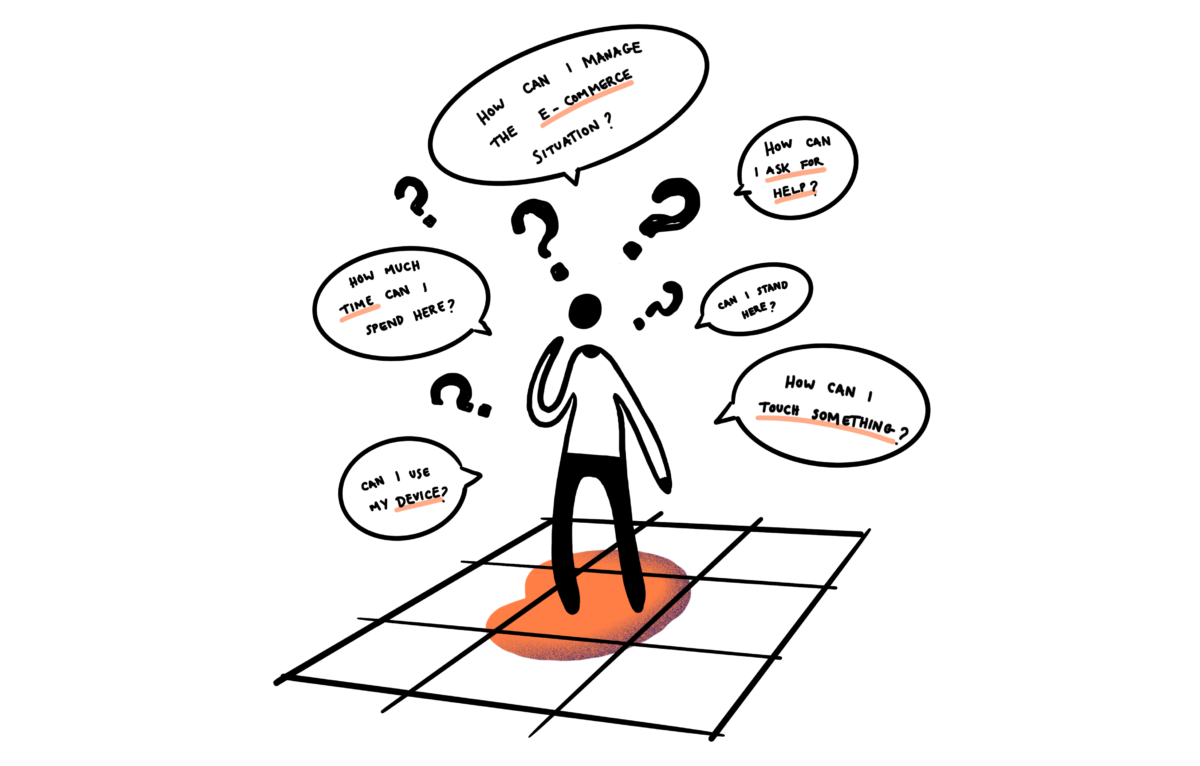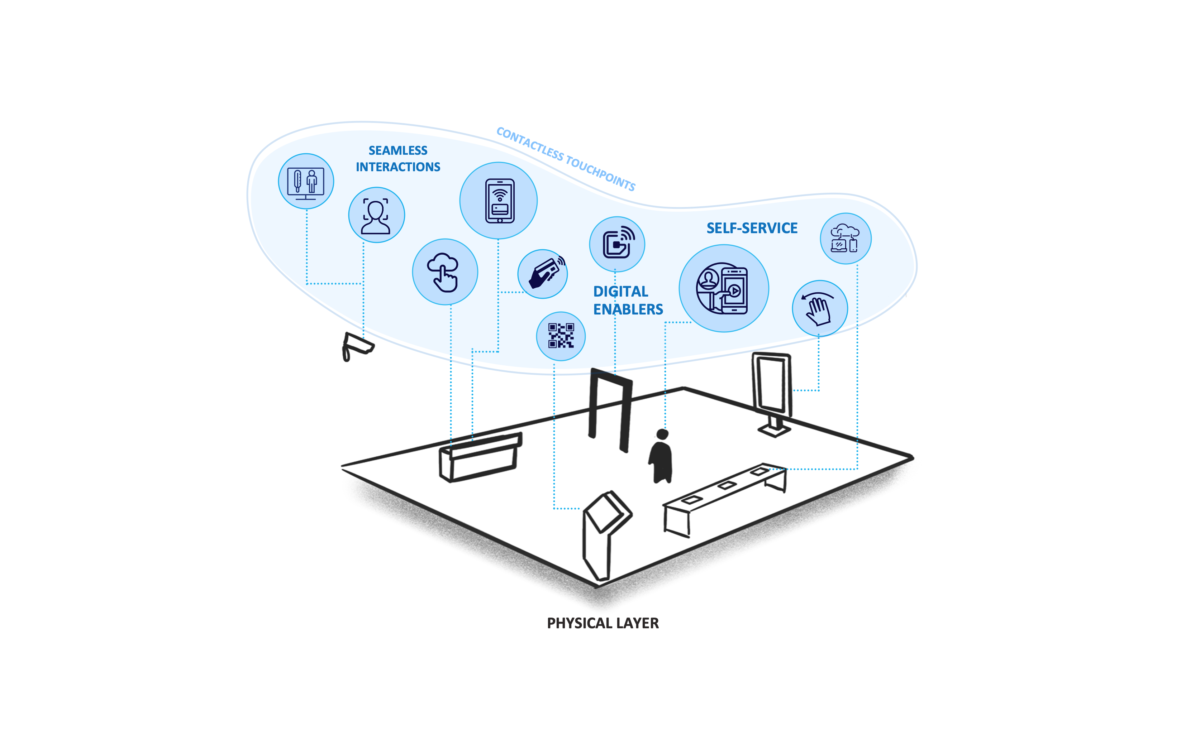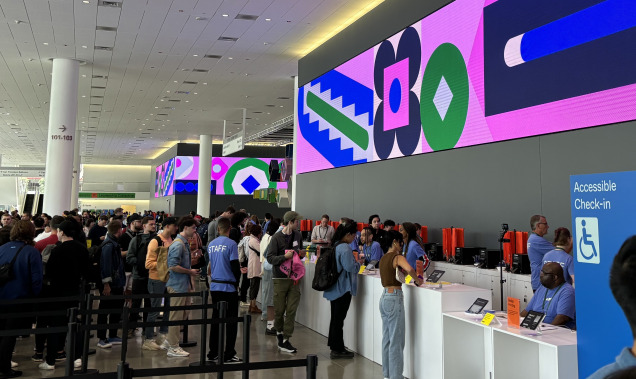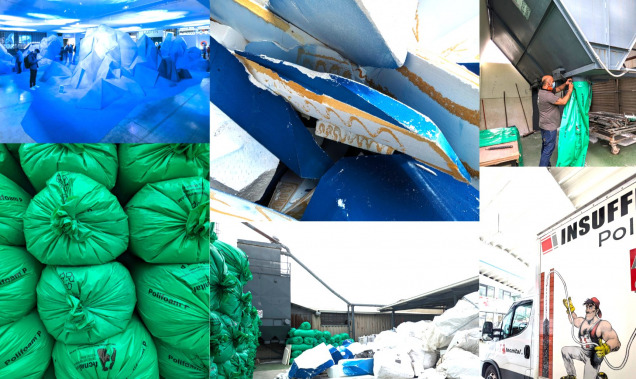New normal retail
The COVID-19 pandemic has acted as an accelerator in completely rethinking the retail experience, writes Creative Director Chris Miller.
I was recently discussing with one of our key clients how during lockdown they have had to adopt new digital channels to maintain customer engagement – such as digital product launches to their global clients, virtual coffee mornings organized by the store with key local clients, increased activity on social network platforms and even a new podcast series.
For me, this is emblematic of the change that is taking place.
The lockdown period has meant that our digital lives have evolved to become increasingly integrated with the daily routine and rituals. Brands faced with the challenge of engaging consumers have been forced almost overnight to develop their digital activities to fill the gap left by the lack of physical experiences and found a very receptive market that seemed only too pleased to be offered these new experiences.
There has been an inevitable increase in e-commerce, but the consumer journey has always been made up of both digital and physical interaction with products and brands with the great majority of purchases made in-store, so it’s clear that the high street is here to stay.
But in this “new normal”, with consumers that are digitally smarter and much more cautious of public spaces, how should brands change their approach to the consumer journey?

Digital – from temporary solutions to permanent touchpoint in the customer journey
Digital platforms can be used to provide new services that will be able to extend the new digital experience to the store and bring the physical store experience to the digital channel.
Local connection
For example, direct contact with store staff through messaging or video calls, to replicate the staff consultation we would normally have only in the store. This is important in creating this local connection between the store and the consumer.
Personal experience
Some brands are extending the more personalized on-line experience to the store. Customers are given the possibility to make a shortlist of selected products through guided browsing that are then made available at the store for touch and try before purchase.
Augmented Browsing
In the store, the digital platform will play an important role even for the casual visitor. Augmented browsing with apps that show the customer availability and sizes or make recommendations based on their choices, all in real-time.
This has the double benefit of reducing the dwell time (important for reducing queues), and also reducing the amount of staff interaction needed, leaving them more time to assist customers who are looking for specific advice.
All these new services are powered by data. The increased interaction of the consumer with digital channels and the connection between online and in-store will create an opportunity to gather more and richer data and continuously evolve and refine the retail strategy based on the changes in consumer behavior.

Physical retail – from making the space safe now to keep it relevant for the future
In the short term, all retail spaces will have to adopt safety measures that respond to the new normal regulations. It will also be necessary to reassure consumers to make them feel safe and provide solutions to make the experience as pleasant as possible.
Keeping the physical retail space relevant is a much more complex issue. There are consumer needs that only the physical store can satisfy, but the pandemic is creating psychological and physical barriers that in many market sectors will be sufficient to greatly reduce footfall on the high street. So, we need to build a space around these new consumer needs. In simple terms, if the consumer makes the effort to come to the store, there needs to be something that really makes it personally worth it.
Up until recently, the store may have been considered as an alternative to the digital channel, but now, more than ever, it must be considered as a complementary touchpoint, providing engagement that responds to more specific consumer needs.
On one level, it may be a reconfiguration of the store layout to adapt to a new way of displaying products, how the consumer will test and try products and interact with staff, and also what digital services will be connected to the store experience.
On another level, it may be necessary to redefine the precise role of the physical space.
It may be better to privilege the product experience, such as the Samsung XK store in London. A retailtainment approach that is designed to bring consumers closer to the brand without the aim of a direct purchase.
Alternatively, the role of the store is more important in the conversion phase – providing a much more personalized experience where staff provides assistance and advice to customers around specific product choices.
For brands that started on-line, the physical retail space is important as a way of gaining visibility and consumer trust. This Halo effect often leads to a net increase in online sales.
What Next?
The question that our clients are asking is, how can we best respond to this “new normal”? The answer is a transformation of how we think of retail. Digital and physical retail are no longer parallel sales channels, but a system designed and built around a hybrid customer journey as means for creatively engaging consumers and building a relationship between them and the brand. The pandemic is acting as a catalyst to accelerate this change so that it will become the “new normal” retail experience.
With a greater number of consumers adopting digital, the hybrid journey also helps to capture data that can then be used to continuously evolve the customer experience, create efficiencies in the supply chain and respond faster to emerging trends.
There is no one-size-fits-all solution, but it is essential to define an omnichannel strategy that is built around this hybrid consumer journey. As designers, we believe it’s key for a brand to build a new understanding of the consumer and build the customer journey across both physical and digital together around their specific needs and desires.





